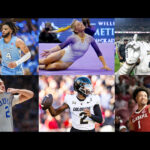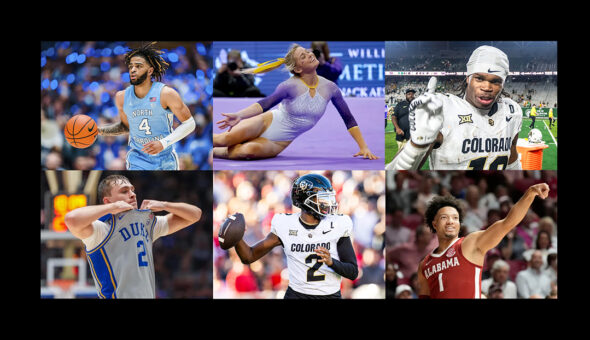Higher education marketing professionals know all too well that there are some stiff headwinds out there, and colleges and universities face intense competition to communicate their core values and attract the right prospective students.
The challenge? Reaching diverse audiences, including alumni and prospective students, within budget, while overcoming technological and cultural forces that challenge the very purpose of higher education and how it is delivered.
It is a difficult job, but it is doable — and necessary. Those who succeed will utilize innovative digital strategies, adapting to the latest trends in higher ed marketing to stay competitive and connect with today’s highly discerning prospective students.
With that in mind, these are nine of the top trends in higher education marketing for 2024.
(Want to see how these trends have evolved in 2025? Check out our latest insights on the shifting landscape of higher ed marketing and leadership here.)









